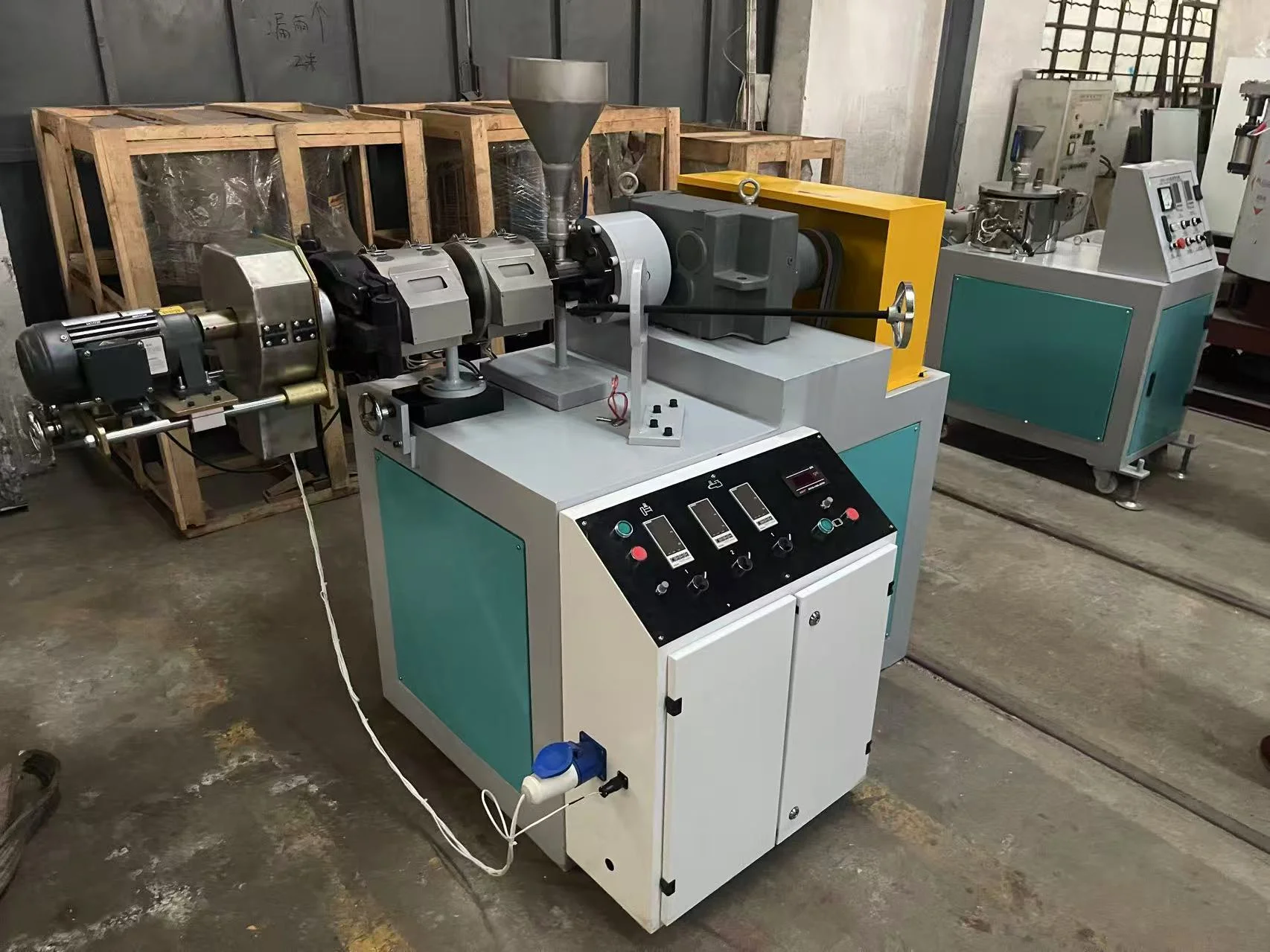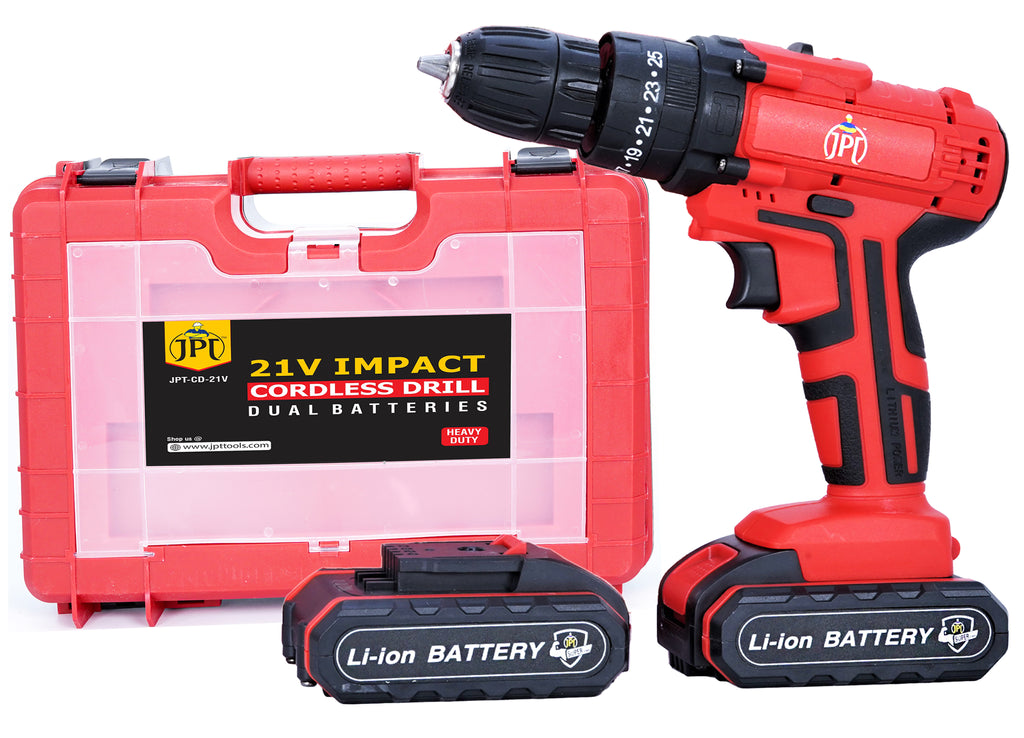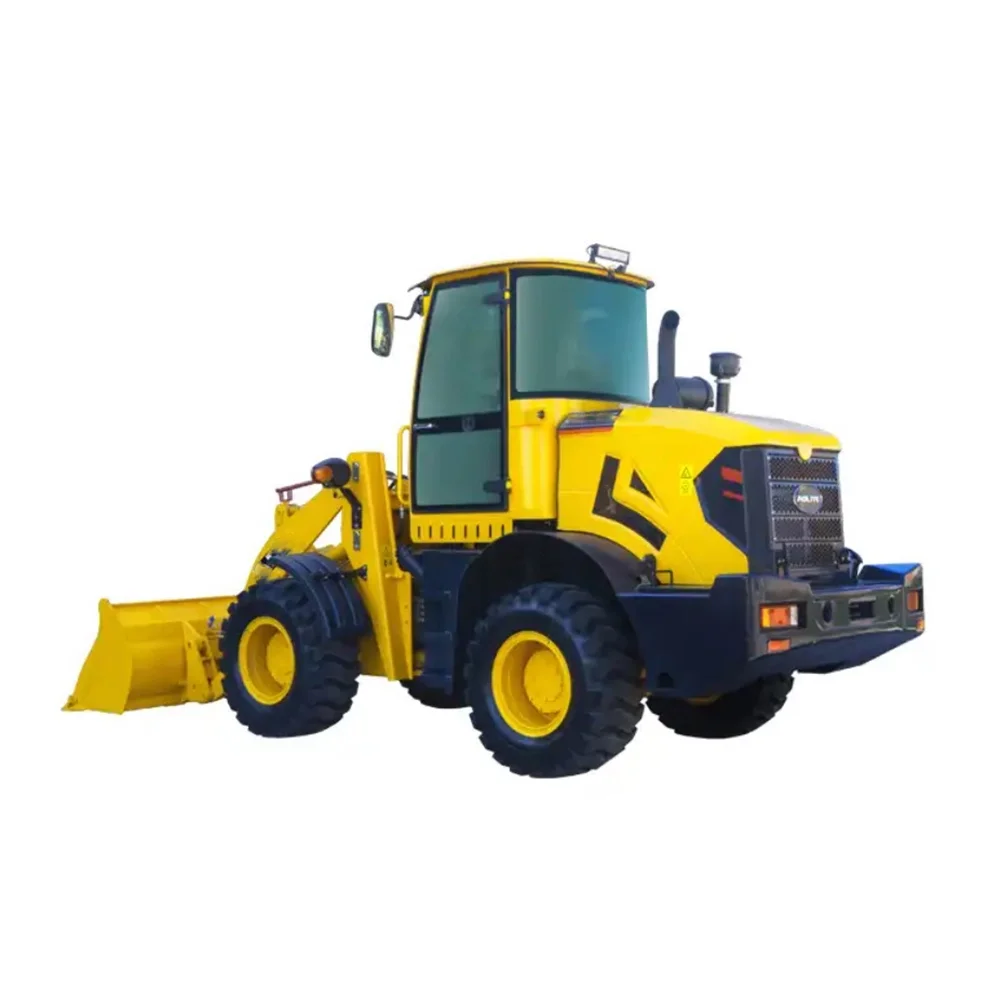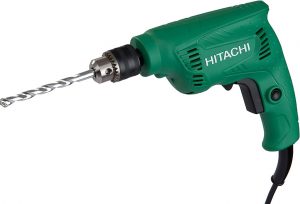Drilling through thick steel with a hand drill requires a strategic approach and the right tools. In this in-depth guide, we explore the intricacies of this challenging task, providing professional insights and practical tips to achieve precise and efficient results.
- Understanding Thick Steel:
Thick steel presents unique challenges due to its hardness and density. Knowing the type of steel is crucial, as different alloys have varying degrees of toughness. - Selecting the Right Drill Bit:
a. High-Speed Steel (HSS) Bits:
HSS bits are versatile and suitable for drilling through mild steel. However, they may struggle with more robust steel alloys. b. Cobalt Drill Bits:
Cobalt bits are an excellent choice for drilling through hardened steel. The addition of cobalt enhances durability and heat resistance, crucial for thick steel applications. c. Carbide-Tipped Drill Bits:
Carbide-tipped bits are designed for extreme hardness and are effective for drilling through tough steel. They maintain sharpness and resist wear. - Optimizing the Hand Drill:
a. Power and Speed Settings:
Adjusting the hand drill's power and speed settings is vital. Slower speeds with higher torque are often recommended for thick steel to prevent overheating and ensure precision. b. Cooling Techniques:
Thick steel generates significant heat during drilling. Using a lubricant or coolant helps dissipate heat, prolonging the life of the drill bit and improving drilling efficiency. - Drilling Techniques for Thick Steel:
a. Pilot Holes:
Start with a smaller drill bit to create a pilot hole. This provides a guide for the larger bit, reducing the risk of wandering and ensuring accuracy. b. Pecking Method:
Implement the pecking method by drilling in short, intermittent bursts. This prevents the drill bit from becoming overwhelmed and maintains control over the drilling process. c. Clamping and Stabilizing:
Secure the steel firmly with clamps to prevent movement during drilling. Stability is crucial for accuracy, especially when dealing with thick steel. - Safety Considerations:
a. Personal Protective Equipment (PPE):
Always wear appropriate PPE, including safety glasses and gloves, to protect against metal shavings and potential hazards. b. Work Area Ventilation:
Ensure proper ventilation to disperse any fumes or particles generated during the drilling process. - Post-Drilling Inspection and Finishing:
After drilling, inspect the hole for any irregularities. Use deburring tools to smooth the edges and enhance the finish.
Conclusion:
Drilling through thick steel with a hand drill requires a combination of the right tools, techniques, and safety measures. Whether it's choosing the optimal drill bit, adjusting the drill settings, or implementing precision drilling techniques, mastering the art of drilling through thick steel is achievable with the right knowledge and approach.










+ There are no comments
Add yours